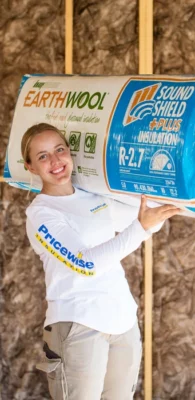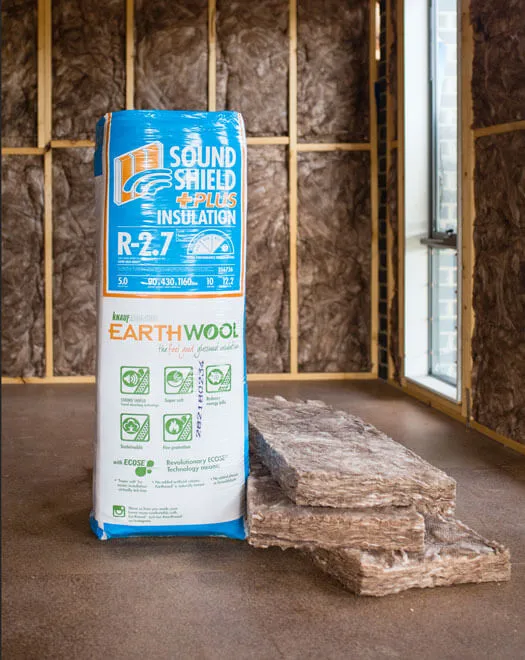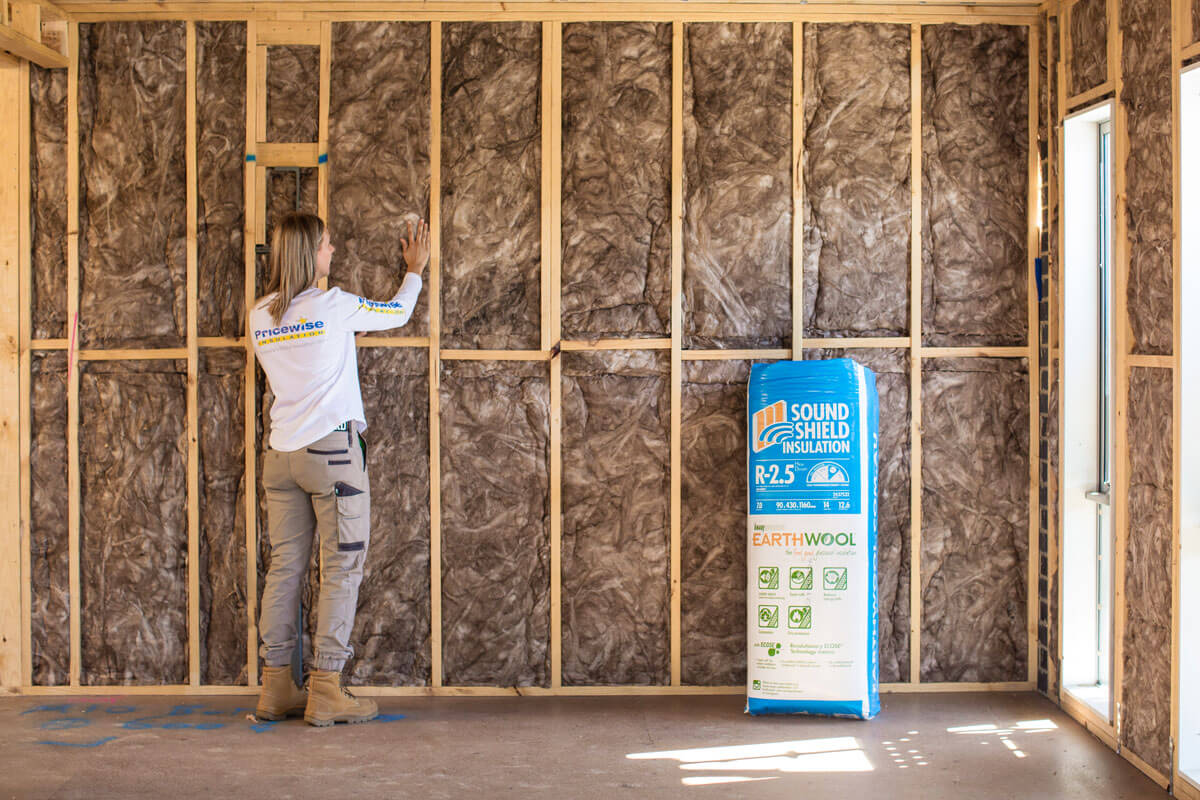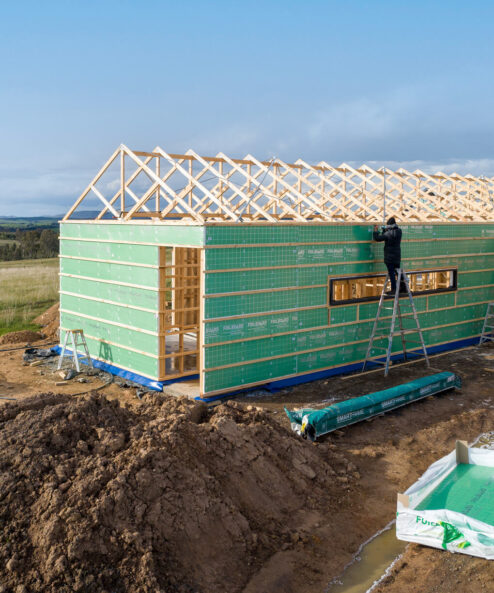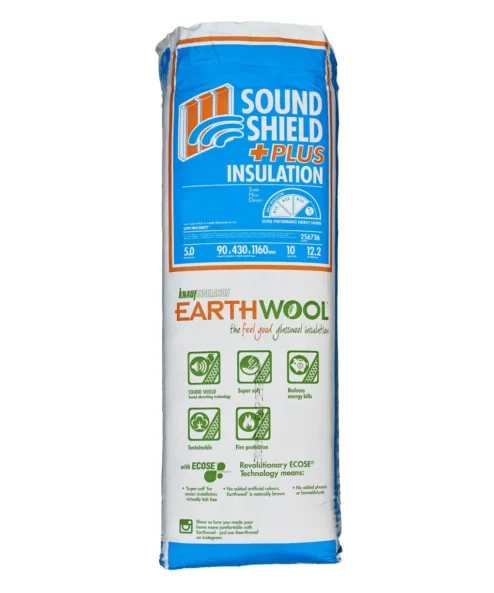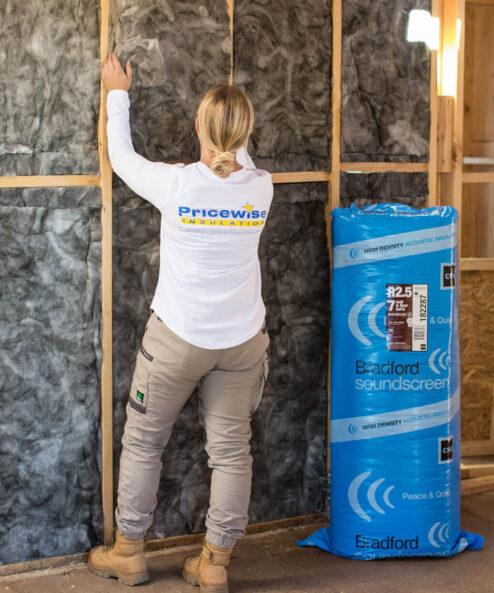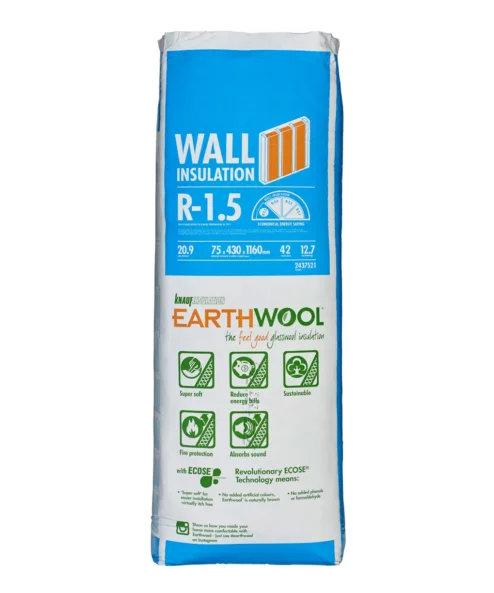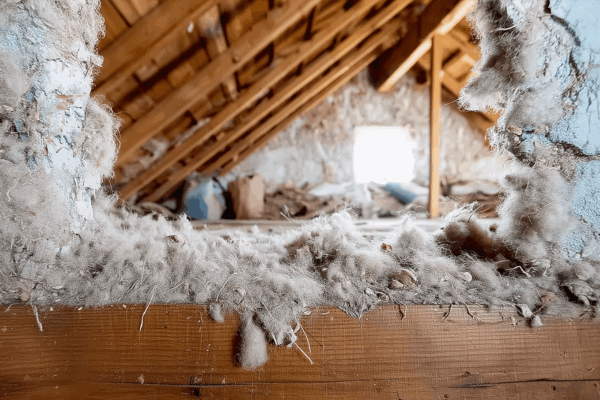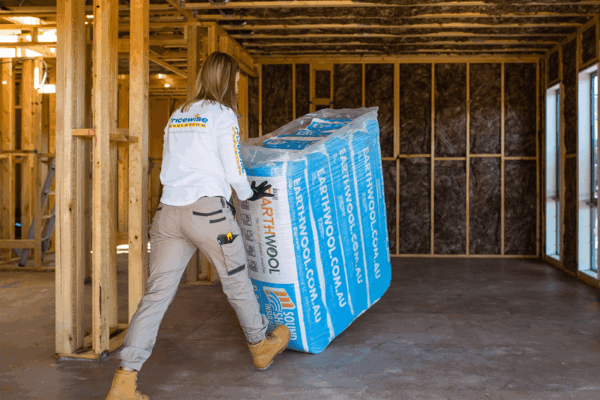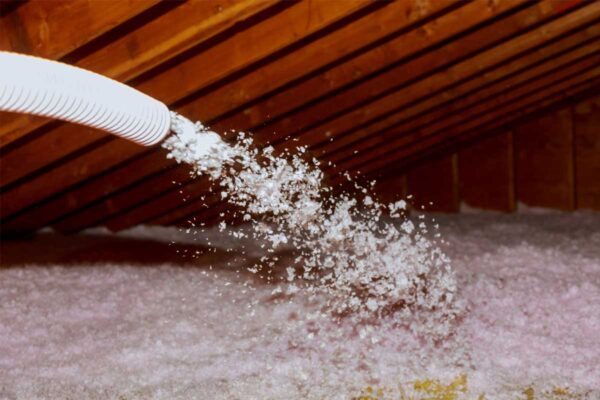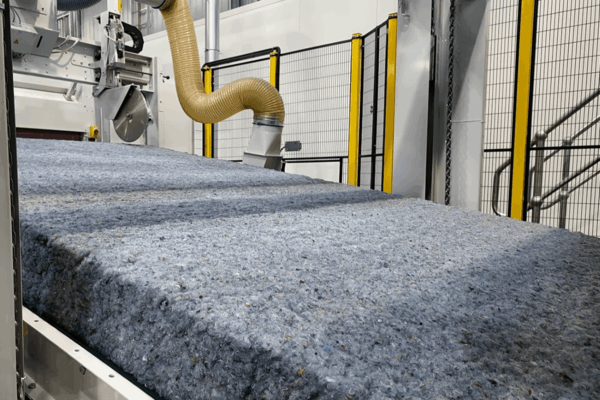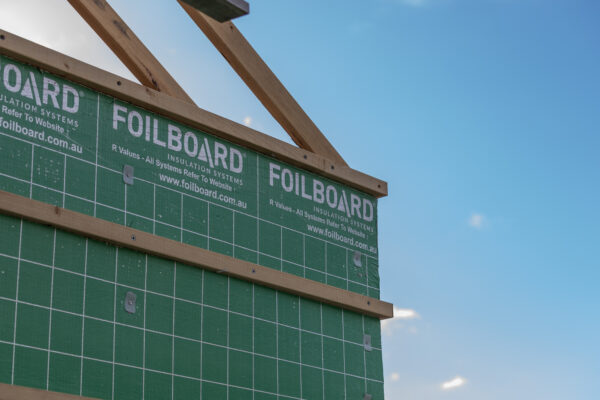Insulation Tips
Benefits of External Wall Insulation
As we become increasingly more conscious of our energy use, both from an economic and environmental perspective, the topic of home insulation is more pertinent than ever. Today, we are seeing a significant uptick in the popularity of high-quality wall insulation in modern homes. Insulating external walls helps homeowners increase comfort, reduce energy costs and reduce the homes carbon footprint.
In this blog, we will cover the benefits of external wall insulation in Australia and explore how this effective strategy not only leads to significant savings on your energy bills but also promotes a cleaner, more sustainable living environment.
What is External Wall Insulation?
Let us begin by asking the question: what is external wall insulation?
Simply put, external wall insulation improves the energy efficiency of a building by applying insulation to the exterior surface of its walls. It’s used predominantly to regulate temperature fluctuations by creating a thermal barrier that reduces heat loss in winter and heat gain in summer.
External wall insulation reduces heat that is otherwise easily transferred through traditional building materials like brick, glass, metal, and plasterboard. This reduction in the transfer of heat and cold through building materials enables a higher restriction of temperature flow into or out of your home, which leads to lower energy consumption and reduced heating and cooling costs.
The two main types of external wall insulation are thermal and acoustic. Thermal external wall insulation helps to regulate temperatures in your home by restricting the transmission of heat and cold in and out of your home or building. Acoustic insulation works similarly to thermal except that in this instance, the insulation works to restrict the movement of sound. Most acoustic insulation batts provide thermal benefits as well.
Benefits of External Wall Insulation
Aside from its obvious heating and cooling properties, there are many additional benefits that come with external wall insulation.
Most high-quality wall insulation generally offers both thermal and acoustic benefits. The amount of insulation material required to produce a high R-value (such as R2.5 or R2.7 for the walls) makes the product so dense that it’s also great at reducing sound.
Products which are both thermal and acoustic include High Density (HD) products such as R2.5HD Earthwool Sound Shield Insulation and High Performance (HP) products such as R2.5HP Bradford Gold Batts.
Other benefits include comfort, energy efficiency, and lower energy bills.
Improved Comfort
Uninsulated external walls often allow for heat loss during cold weather and heat gain during warmer months. This heat exchange can lead to uncomfortable fluctuations in indoor temperatures, creating a less-than-ideal living environment. By insulating these external walls, you can significantly improve the thermal performance of your home, ensuring a more consistent and comfortable indoor climate, regardless of the weather conditions outside.
Additionally, external insulation also contributes to acoustic regulation. Sound transmission, just like heat transfer, is facilitated by gaps and weak spots in a structure. A significant amount of noise can enter or leave a building through external walls. This is where the role of external wall insulation becomes important. By insulating your external walls with acoustic insulation, you add a layer of material that helps to absorb and dampen sound vibrations, reducing the amount of noise that can pass through the walls.
Two great choices for external insulation that provide both acoustic and thermal insulation are Earthwool SoundShield, Bradford SoundScreen, and Fletchers Soundbreak. These two brands offer an excellent insulation layer for any house dealing with heat loss/gain or sound transfer through their walls.
Increased Energy Efficiency
External wall insulation plays a significant role in improving the energy efficiency of both homes and commercial buildings. It acts as a thermal barrier that prevents the escape of warm air in the winter and the intrusion of heat during the summer. This efficient temperature regulation results in lower energy consumption by reducing the need for heating and cooling systems to work overtime. Energy-efficient wall insulation is a key component of green homes.
A green home is a sustainable dwelling with an extremely low carbon footprint. They are specifically designed to be environmentally sustainable, prioritising energy efficiency, water conservation, and sustainable materials. These homes often have energy-efficient appliances, solar panels, and water-saving fixtures.
Reduction in Energy Bills
Investing in external wall insulation can significantly reduce the cost of living. The most immediate and tangible benefit comes from the savings on energy bills. By preventing heat from escaping in the winter and keeping it out during the summer, external wall insulation reduces the need for constant heating and cooling in your home. This energy efficiency directly translates to lower utility bills.
The upfront cost of installing external wall insulation can be offset by long-term energy cost savings. Plus, by reducing reliance on artificial heating and cooling systems, this type of insulation supports a more sustainable lifestyle and contributes to reducing the carbon footprint of the home or building.
Installation Considerations
Although insulation is the most cost-effective, clean and easy way to regulate your home, it’s not always the most straightforward option. Several factors need to be considered when installing insulation.
Here are a few things to keep in mind when you’re considering whether to invest in external wall insulation:
- It should be installed during the construction or renovation of a new home. Installing it afterwards can be complex and sometimes not possible at all.
- If you have an existing home and would like an external wall retrofitted, contact Pricewise Insulation, who can contact an installation specialist in your area.
- Plan ahead if you’re doing small renovations and consider removing the plasterboard to install wall insulation batts.
- Install insulation in your ceiling, all walls (external and internal), and floors for maximum efficiency. This keeps your home’s indoor temperature regulated for longer and requires less energy.
When to Install
If you’re building a new home or planning a renovation to an existing one, you may want to consider installing external wall insulation. Insulation should be planned as early as the construction phase, but it is possible to retrofit insulation in an existing home in some cases.
Wall insulation should be installed during the construction of a new home. Installing it afterwards is not possible without removing the plasterboard – unless in instances where you get blow-in wall insulation installed by a professional. Secondly, you should plan in advance for small renovations to determine whether you could apply extra insulation. Finally, even though external wall insulation is beneficial to your home, installing ceiling and underfloor insulation is still recommended. This essentially creates a sealed envelope for your home.
For more information on retrofitting and insulating external walls internally, refer to our blog on Wall Insulation for Existing Homes.
Materials and Techniques
To insulate your walls you may:
- attach insulation boards to the exterior wall,
- install insulation batts between the timber joists (which is the most common method in Australia).
Shop at Pricewise Insulation
At Pricewise Insulation, we supply Australians with the best insulation brands on the market. Browse our external wall insulation range to find the right solution for your property.
Looking for other insulation products? We also stock ceiling, roof, underfloor and internal wall insulation to meet your needs. You can pick up your order from one of our warehouses or receive fast delivery to your home or building site. Contact us for help selecting the best external wall insulation for your project.

